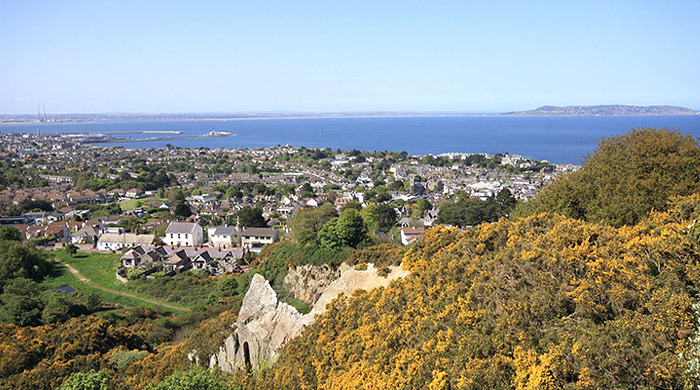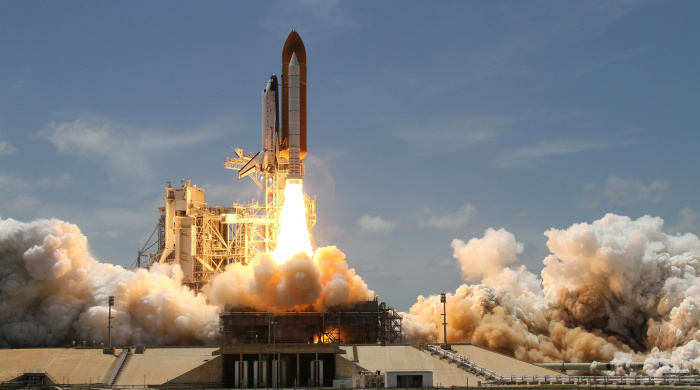The European Space Agency wants to bring a new European cargo vehicle to the International Space Station by 2028
Seville: The European Space Agency (ESA) wants to have a European spacecraft developed by 2028 that can transport cargo to the International Space Station (ISS) and back to Earth. At the ESA Space Summit in Seville, Spain, ESA countries launched a competition among European companies on Monday. The European Space Agency said the vehicle could later be developed for human spaceflight and could also fly to other destinations if countries wanted to. NASA can already deliver cargo to the International Space Station and return it to Earth through partnerships with SpaceX and Northrop Grumman.
ESA President Joseph Aschbacher spoke about a very important decision. “This puts Europe on a very good path to space exploration.”
Aschbacher sees an opportunity for Europe to offer freight transportation services to commercial service providers in the future. This could lead to future commercial space stations being used and astronauts flying there, the letter said. The theoretical possibility of further development of spacecraft for manned space travel also fits into ESA’s efforts to achieve autonomous access to space.
The European Space Agency also wants to launch a competition for new launch vehicles. You have to change the way missiles are purchased, and you are approaching a paradigm shift toward a competitive model, Aschbacher said.
The great glow of the sky enchants Great Britain
LONDON: The Northern Lights in Great Britain are usually only seen in Scotland, but the colorful lights have now enchanted large parts of the UK. As the Met Office announced on Monday, the aurora borealis have been confirmed to be seen in central and eastern England overnight. A very special glow in the sky also sparked excitement: Steve painted a bright purple stripe in the night sky in Northern Ireland, among other places.
STEVE stands for “Strong Enhancement of Thermal Emission Velocity” and is reminiscent of the aurora, but it behaves differently and occurs at lower latitudes. The reason was a solar storm that caused unusual light phenomena in northern Europe.
Solar activity has increased in recent months and more solar storms have formed. The northern lights could already be seen over Great Britain and Ireland on Saturday evening – as far south as Stonehenge, as a photo on X’s official account of the Stone Age monument in southern England showed. The northern lights have been seen several times in Germany recently.
The reason is solar flares, which lead to what is called a coronal mass ejection towards the Earth, which consists of electrons, protons and atomic nuclei. Because the plasma components are electrically charged, they interact with the Earth’s magnetic field and essentially compress it. Magnetic short circuits in the tail of Earth’s magnetic field generate streams of particles in the polar regions, causing air molecules to glow, which becomes visible as the aurora borealis.

“Alcohol buff. Troublemaker. Introvert. Student. Social media lover. Web ninja. Bacon fan. Reader.”








More Stories
“A ban would destroy seven million businesses” » Leadersnet
What are the opportunities available to the company?
Dirty Deals – Refugee deal between Great Britain and Rwanda